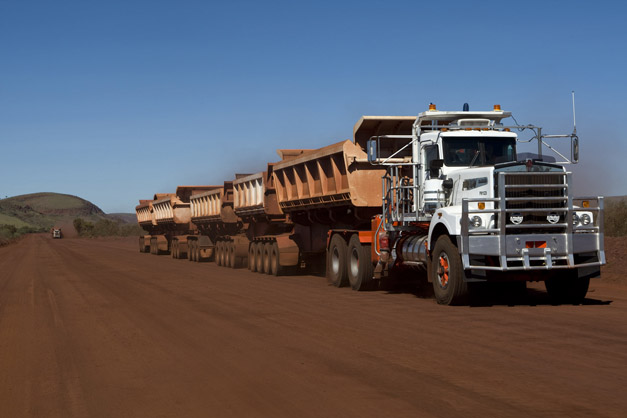

Fatigue is a significant safety issue in the mining industry throughout Australia and the world.Remote locations of many mines, combined with the nature of mining operations, has necessitated shift work and extended shift rosters to maintain 24-7 operations. The combination of long and irregular hours, night work, rotating shifts, often long DIDO (drive in/drive out) or FIFO (fly in/fly out) commutes, all contribute to fatigue risks. For personnel working in hazardous environments or performing safety critical tasks such as operating heavy mining equipment, these risks are exacerbated.
Operator fatigue is said to be one of the most prevalent causes of accidents, with an estimated 60-65% of haulage accidents directly related to fatigue. Even minor incidents can be very costly, not only in terms of human health and safety, but also the associated disruptions in productivity.
The Australian mining industry is one of the safest in the world and fatigue has long beenrecognised as an identified OH&S hazard.The introduction of guidelines and legislation ensures employers have a duty of care to identify, assess and control fatigue as part of their health and safety management programs. There is no doubt comprehensive fatigue management plans have positive effects on operator alertness, safety and productivity within the mining industry. However the effectiveness of these approaches can only go so far as fatigue is a common and unavoidable by-product of shift work. Even those with the best training and years of experience are not immune to fatigue.